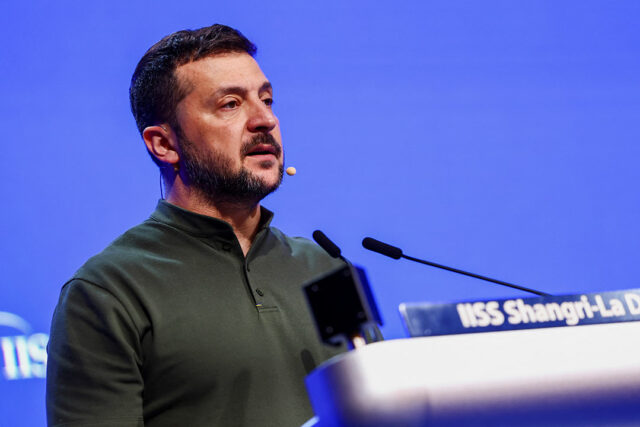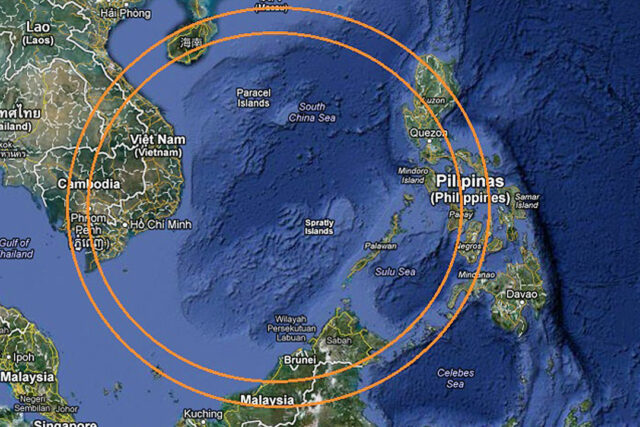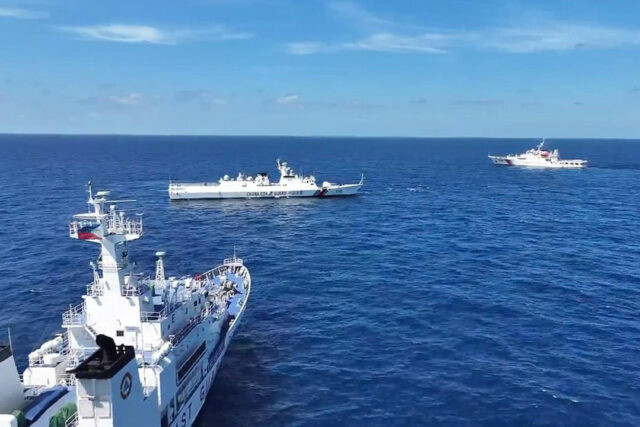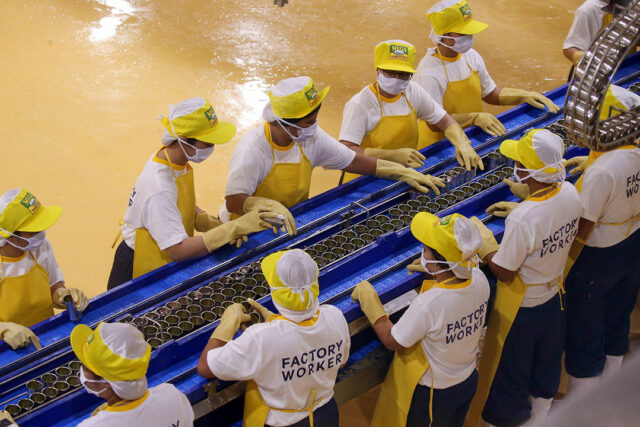US Justice Department says it disrupted Russian social media influence operation
WASHINGTON — The US Justice Department said on Tuesday that it disrupted a Russian operation that used fake social media accounts enhanced by artificial intelligence (AI) to covertly spread pro-Kremlin messages in the United States and abroad.
The news comes four months before the US presidential election, which security experts widely believe will be the target of both hacking and covert social media influence attempts by foreign adversaries. Senior US officials have said publicly they are monitoring for schemes intended to disrupt the vote.
The Justice department secured court approval to seize two domain names and search nearly 1,000 social media accounts allegedly associated with the effort.
“With these actions, the Justice department has disrupted a Russian-government backed, AI-enabled propaganda campaign to use a bot farm to spread disinformation in the United States and abroad,” Attorney General Merrick Garland said in a statement.
Tuesday’s action marked the first time the United States publicly accused a foreign government of using generative AI in a foreign influence operation, according to Justice Department and FBI officials. US officials have warned that adversaries may use the growing power of AI systems to scale up efforts to spread misinformation.
The alleged operation, according to prosecutors, was organized through a private intelligence organization based in Russia staffed by Russian intelligence officers and a senior employee of the Moscow-based, government-funded news outlet Russia Today, or RT. The effort was approved and funded by the Kremlin in early 2023, according to the Justice Department.
Spokespersons for the Russian embassy in Washington and RT did not respond to requests for comment.
This private organization had designed a custom, AI-powered platform to create, control and manage hundreds of fake social accounts, which were made to look like real Americans, according to court documents.
The accounts on social media platform X have since been banned. They commonly posted pro-Kremlin talking points, including videos of Russian President Vladimir Putin, and criticized the Ukrainian government.
The United States worked with Dutch authorities on the investigation. The campaign was run from a server in the Netherlands, according to investigators. — Reuters












